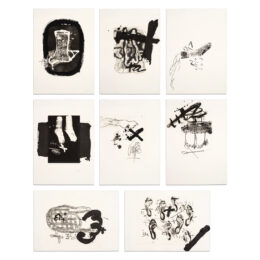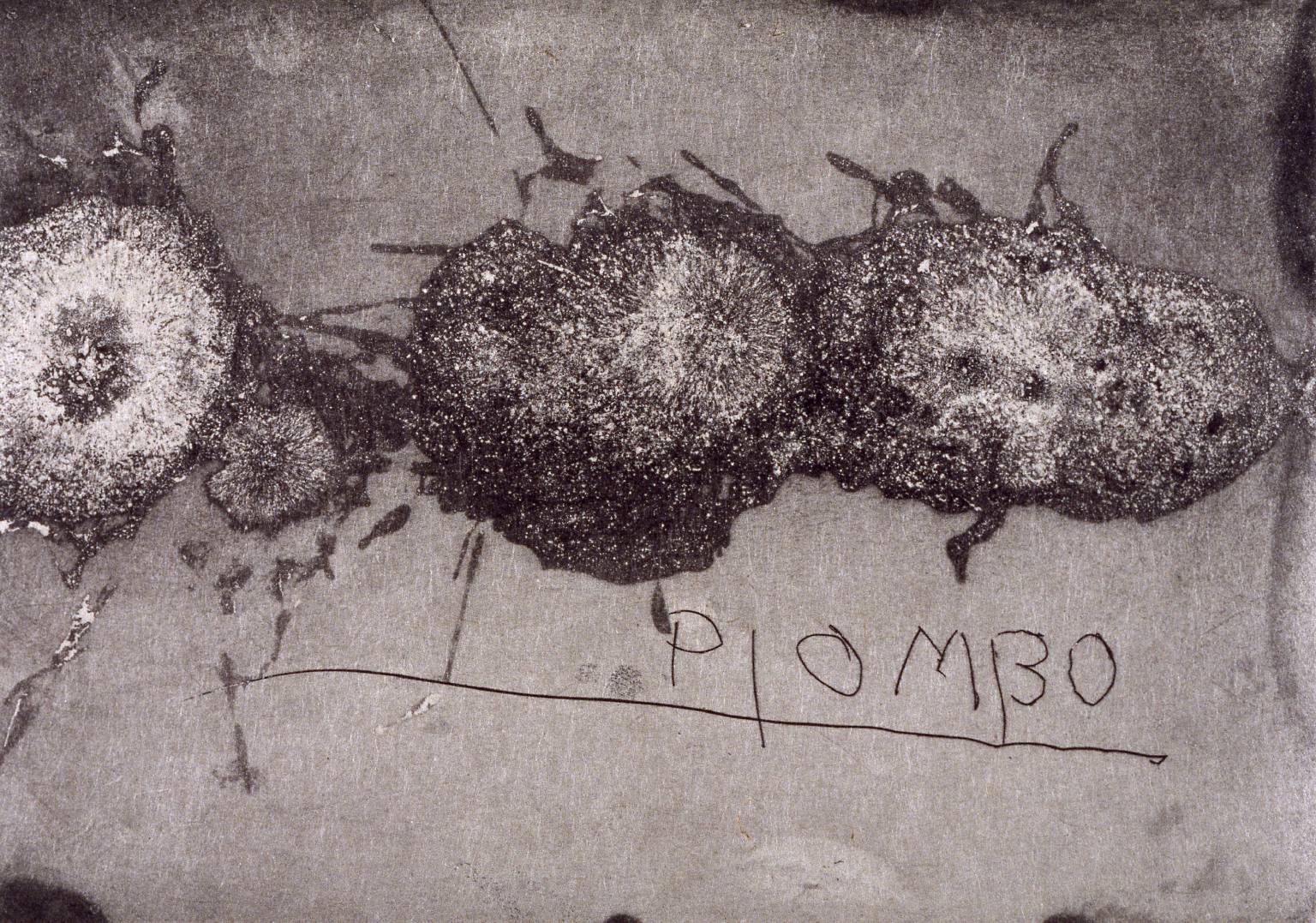


Arte Povera was a rather radical art movement prevalent in Italy from the latter part of the 1960s to the 1970s. Artists who were part of this movement utilised a variety of unconventional, non-traditional processes to create their works, using very inexpensive ‘everyday’ materials
Arte Povera literally means ‘poor art’. However, the word ‘poor’ in this context refers to the movement’s notorious exploration of a broad range of materials beyond the traditional ones of oil paint on canvas, carved marble or bronze. Instead, typical materials the artists would use included rags, soil and twigs. By utilising such throwaway materials, they aimed to disrupt and challenge the values of the commercialised style galleries prevalent at the time.
The term Arte Povera was first introduced in 1967 by the Italian curator and art critic Germano Celant. When using the phrase, Celant wasn’t specifically referring to a lack of money, but more about making art without the constraints of traditional materials and practices. His pioneering work, alongside a series of successful exhibitions, provided a group identity for many young Italian artists based in Rome, Milan, Turin and Genoa. Arte Povera came onto the scene thanks to a network of urban cultural activity in these areas as Italy was gripped by economic instability and its associated hardship.
Leading artists of the time included Lucio Fontana, Giovanni Anselmo, Jannis Kounellis, Mario Merz, Michelangelo Pistoletto and Antoni Tapies, to name just a few. They created their pieces in many different ways, not just by painting but by sculpting too. They took photographs and made installations and performances, building up works of substantial physical presence alongside their smaller scale creations.
The movement reached its peak between around 1967 and 1972, but its clear influence on later artworks has been particularly notable. It is also widely regarded as Italy’s contribution to conceptual art. Across the Atlantic in the States, the terms post-minimalism and anti-form were born from it, to describe work which pushed away the sleek forms and fixed industrial shapes of minimalist sculpture. In Japan, the mono-ha group also shifted their work away from technological modernism in favour of more simple materials. Indeed, even today, the effects of the Art Provera movement are there for all to see.